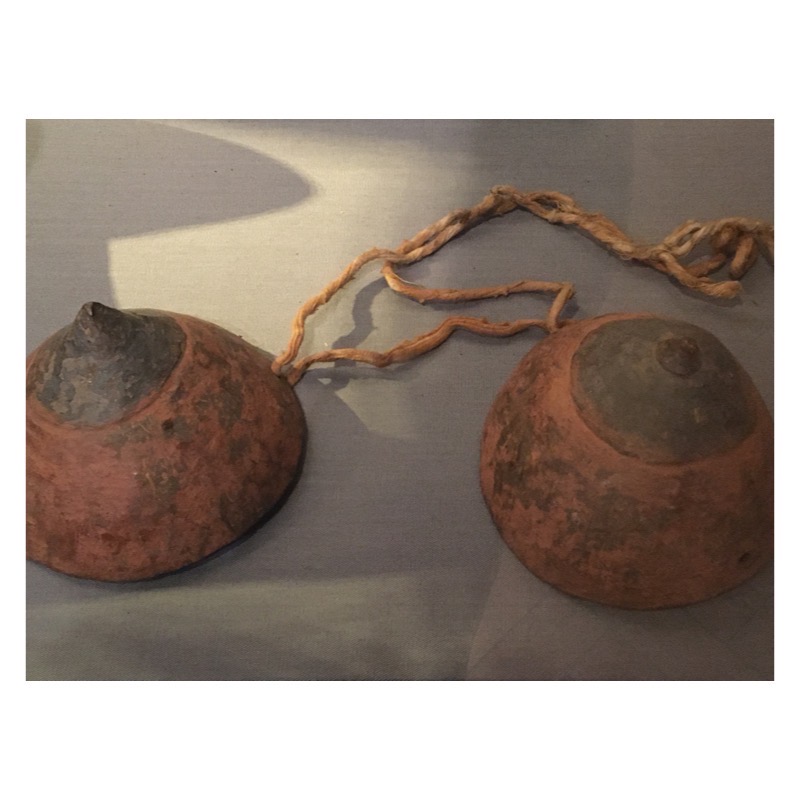
‘False Breasts, Mwinya’, collected by Cambridge anthropologist Gregory Bateson (1932) and exhibited in the Museum of Archaeology and Anthropology in Cambridge.
They belonged to the Iatmul people, a large ethnic group of about 10,000 people inhabiting some two-dozen politically autonomous villages along the middle Sepik River in Papua New Guinea
These two gourds are carved and painted to resemble female breasts. They were worn by men who assume female attributes during a naven ritual, when gender roles are temporarily reversed.
Bates developed the concept of schismogenesis, ‘creation of division’, in the 1930s, to account for certain forms of social behavior between groups among the Iatmul people.
He observed how people interacted through competitive relationships (rivalry) and through dominance and submission (men & women). Men would act dominant, leading women to act submissive, to which men responded with more dominance, and so forth.
Bateson realised that when left unchecked, schismogensis would cause Iatmul society simply to break apart. Some social or cultural mechanism was needed by society to maintain social integration. That mechanism among the Iatmul was the naven rite.
During these naven rituals, groups of women and groups of men seemingly inverted their everyday, gendered-norms for dress, behavior, and emotional expression. These temporary role reversals served to correct schismogenesis, enabling the society to endure.

